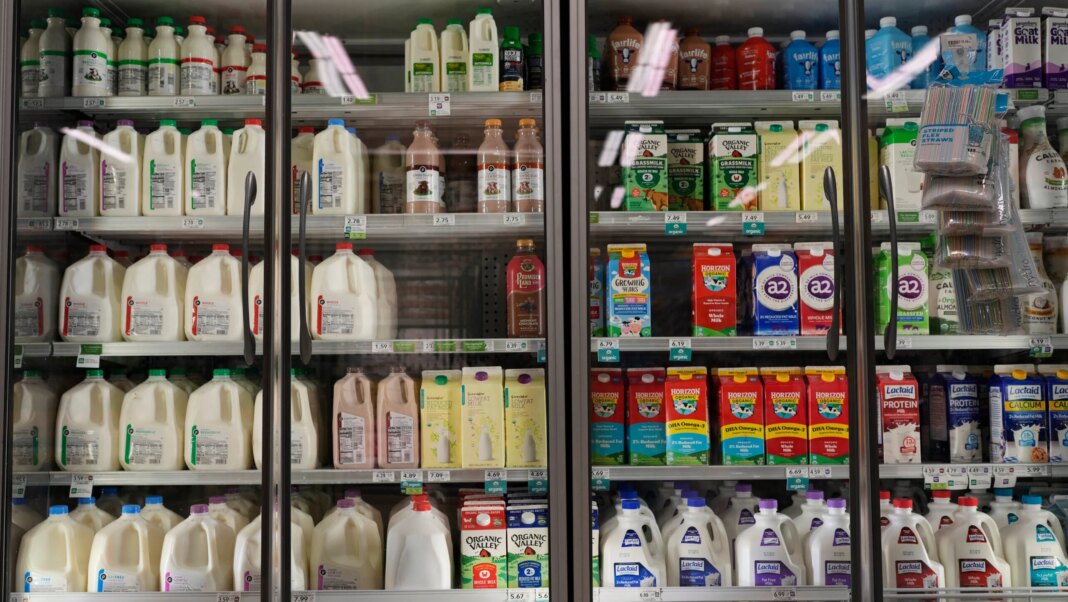On a recent Monday, President Donald Trump’s administration announced plans to partially fund the Supplemental Nutrition Assistance Program (SNAP), following court orders requiring the government to continue supporting this crucial food aid program. As the largest food assistance initiative in the U.S., SNAP serves about one in eight Americans and is vital to the nation’s social safety net, costing over $8 billion each month.
Initially, the U.S. Department of Agriculture (USDA) had intended to freeze payments from November 1 due to a federal government shutdown, claiming it would be unable to sustain the funding. However, thanks to emergency funds totaling $4.65 billion, the program will continue, albeit at reduced levels, which could cover about half of the regular benefits. This move aims to prevent immediate hunger for millions but raises concerns about future support as the remaining funds could run out by December if the shutdown persists.
How Will SNAP Beneficiaries Manage?
Beneficiaries of SNAP are bracing for tighter budgets and more difficult choices as they adapt to the impending reduction in benefits. Corina Betancourt, a mother of three from Glendale, Arizona, typically relies on about $800 in benefits each month. With cuts expected to bring her benefits down to around $400, she is worried about making ends meet. “We always make things work somehow,” she said, but uncertainty looms as she plans to rely more heavily on food banks during this challenging time.
Similarly, Jamal Brown from Camden, New Jersey, is feeling the pinch. Paralyzed after a series of strokes and living on a fixed income, he has turned to family for support as he faces reductions in his benefits. Without a safety net, he expressed concern about maintaining a healthy diet. “How did you expect to live a healthy life if you’re not eating the right stuff?” he questioned, highlighting the harsh reality many beneficiaries face.
Payment Distribution Details Remain Unclear
As SNAP partial benefits roll out, the precise amount each household will receive is still uncertain. The USDA stated on Monday that they would clarify the distribution to states, yet state agencies may take up to two weeks to load the funds onto SNAP cards. Importantly, California’s Attorney General indicated that even with expedited processes, individuals facing hunger cannot afford delays. The average monthly SNAP benefit is approximately $190 per person, and this reduction poses a significant challenge for many households.
Last month, the prediction of halted benefits due to the federal government shutdown spurred a rush among food banks, state governments, and the nearly 42 million SNAP recipients to safeguard access to groceries. The concerns arose because Democratic state attorneys general and governors from 25 states, alongside the District of Columbia, challenged the initial government plan to freeze SNAP, asserting that there was a legal requirement to continue its operation.
In response, Trump took to social media, claiming he does not want Americans to go hungry and blamed “Radical Democrats” for the situation. He instructed government lawyers to prepare SNAP payments as swiftly as possible, underscoring the political tensions surrounding SNAP funding.
State Governments Step In
In light of the SNAP funding crisis, many state governments have proactively stepped in to alleviate the impact on food assistance. Initiatives to boost funding for food banks and establish mechanisms to reload SNAP benefit cards with state taxpayer dollars have emerged. Legal actions from advocates and concerned citizens have highlighted the urgency of ensuring food security across states.
Separate rulings from federal judges in Massachusetts and Rhode Island mandated that the administration utilize emergency funds to sustain SNAP, paving the way for partial payments. The urgency behind these legal challenges reflects widespread concern about the consequences of ceasing food aid, forcing individuals to choose between buying groceries and addressing other essential bills.
According to Rhodes Island officials, beneficiaries who are also enrolled in the Temporary Assistance for Needy Families program started receiving payments equivalent to a quarter of their typical SNAP benefits, while Delaware recipients have been informed that their benefits won’t be available until at least November 7th.
Qualifying for SNAP typically depends on household income, with a family of four needing to earn below the federal poverty threshold of about $32,000 per year to be eligible. As uncertainties about funding continue, the focus on food security remains critical, leaving many families anxiously awaiting a clearer path forward.



